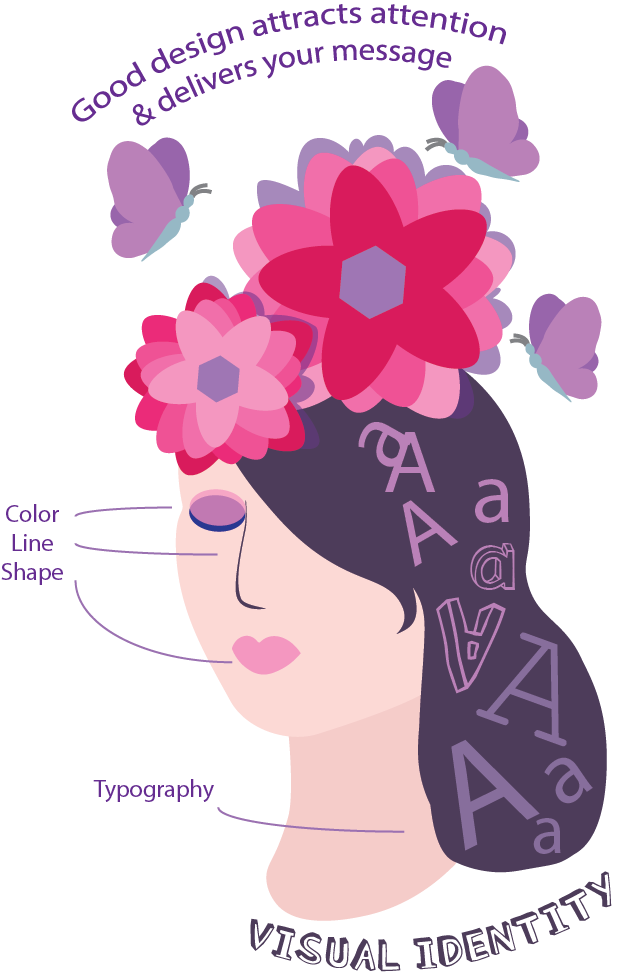
Now that you know what makes good design you should also understand what is your responsibility in it.
Organization’s overall responsibility and role in good design is to provide the best possible brief – to come up with a clear document with statements what needs to be done (designed) and why. Ideally this should be a team effort, to make sure different perspectives are included and nothing essential is left out. Also, writing a brief together as a team raises engagement and accountability across the organization.

A good brief will help the person or team who you have assigned to take over the brief and be in charge of design in your organization to understand what is needed and what is not.
It will provide insight into the objective the design is trying to solve and essential expectations coming from your core values or specific project requirements.
If your brief is good, you will have a good outcome – your design team will have a clear understanding what they need to do. That’s why you have to be exact and pretty clear when you are writing it.
In an ideal world in which you would have unlimited or at least sufficient funds you could hire a professional designer or agency to respond to your brief and provide you with a set of graphics for your overall identity (think logo and color scheme), one particular part of your identity (your web site design let’s say) or specific project you are working on.
How to do it?
☞ 5 tips for writing a good brief:
- Know what you want to say – you need to be able to explain your need with precision and detail. If the designer is not clear, neither one of you will be happy with the outcome. In case you are having trouble, try getting better acquainted with the topic or brainstorming with someone who is better at expressing.
- Be specific – It is your responsibility to provide the necessary info. You are the one that has the most valuable insight about your organization or the project at hand.
- You are not writing it for yourself – Put yourself in the shoes of someone who doesn’t know your organization even exists. The designer knows how to do draw, color, design but doesn’t know you and your organization that well. So, use the brief to present your organization as best as possible.
- Get distinctive – Clearly state what makes you unique
- Ask for feedback – Before and after J Ask if all is clear, ask if anything needs to be explained further.
TRUNK – VISUAL IDENTITY DESIGN BRIEF EXAMPLE
Design Brief
☛ Defining your purpose
-
Why does your organization/project make the world a better place?
-
What problem are you solving?
-
What is your solution?
☛ Positioning your organization/project
-
What makes you different?
-
Why do you do what you do?
-
What is your vision?
☛ Background and current objectives
-
What is the background of the organization?
-
What are your current marketing goals/communication objectives?
-
What is your current communication challenge?
-
Audience – Who uses your services and how? Whose services do you use or depend on?
-
What is the key message you want to deliver?
-
Can you provide examples of current communication?
-
Who is your competition and/or role model?
-
How do you measure your success?
☛ Deliverables and timing
-
What exact design elements do you expect? And when?
Consider this brief example as the broadest version that you can narrow according to your current needs or topic you would like to have the design for.
If you already have a well-established overall identity you may want to use just parts of it for a particular project but make sure to respect the “mother” identity under which this particular project can come. Think of it like a TV show. If you are shooting Sopranos you do not expect one episode to be about gangsters and another about Desperate housewives. Design works well if all elements are interconnected and telling the same overarching story.
Also, don’t rush. A good brief takes time and no time is wasted in writing a good brief. Actually consider it as an investment into a shorter arrival to the best possible design solution, since as clearer the destination is the more room for inspiration is left.
